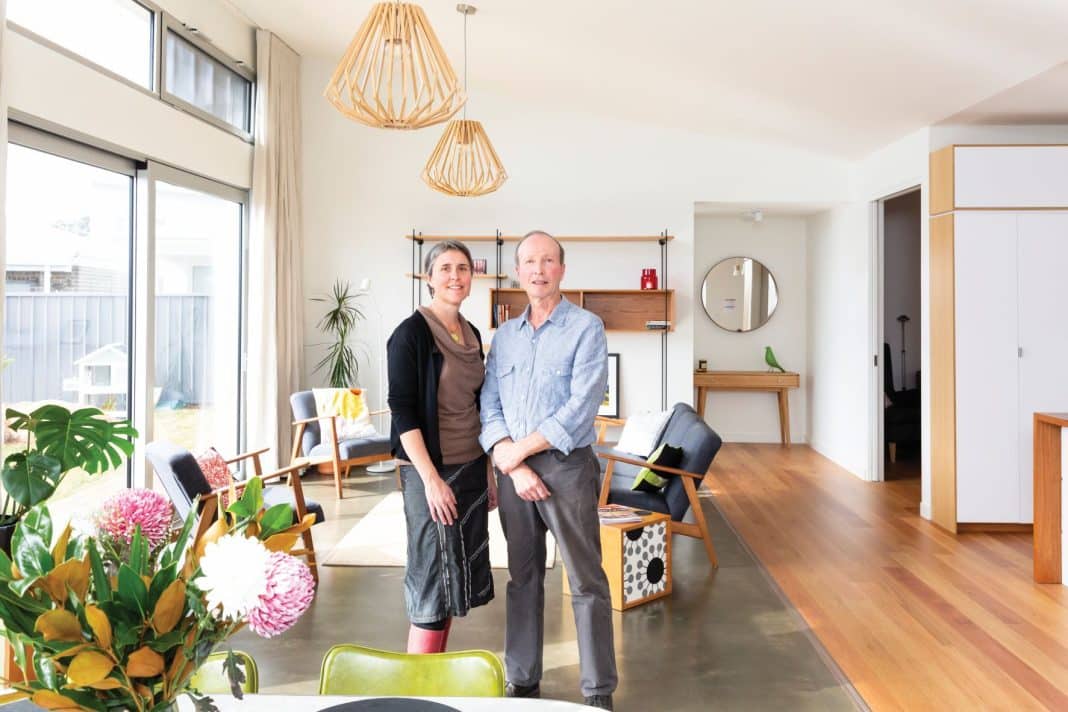As we walked through the bright orange front door of The Banksia, a wall of inviting warmth hit us, and our jackets and scarves were no longer needed.
It was a chilly 10oC outside, but inside the main living room, it was a nice and toasty mid-20s with absolutely no heating apart from the sunshine.
Paul Nagle, from Commonsense Sustainability Solutions, and Jodie Pipkorn, from SEE Change Canberra, reside in The Banksia – an energy efficient demonstration home built by Paul in Strathnairn, Ginninderry.
The day Canberra Daily visited their home, it had been a frosty -3.1oC at 7am. Most Canberrans would have turned their heating on, but Paul and Jodie had no need. The lowest temperature their bedroom reached was 16.8oC at 8.30am, and at 11.30pm that night it was 18.5 oC.
During the day, The Banksia stores the natural heat from the sun shining into the living area, which keeps the home warm throughout the cold nights.
“We usually say over winter, ‘we’ve got to travel north as a way to warm up our bones again’ but since being here, I’m feeling ‘maybe I can handle Canberra in winter’ because it’s not so bad with a few of these sunny days … and Canberra does get quite a lot of them,” Jodie smiled.
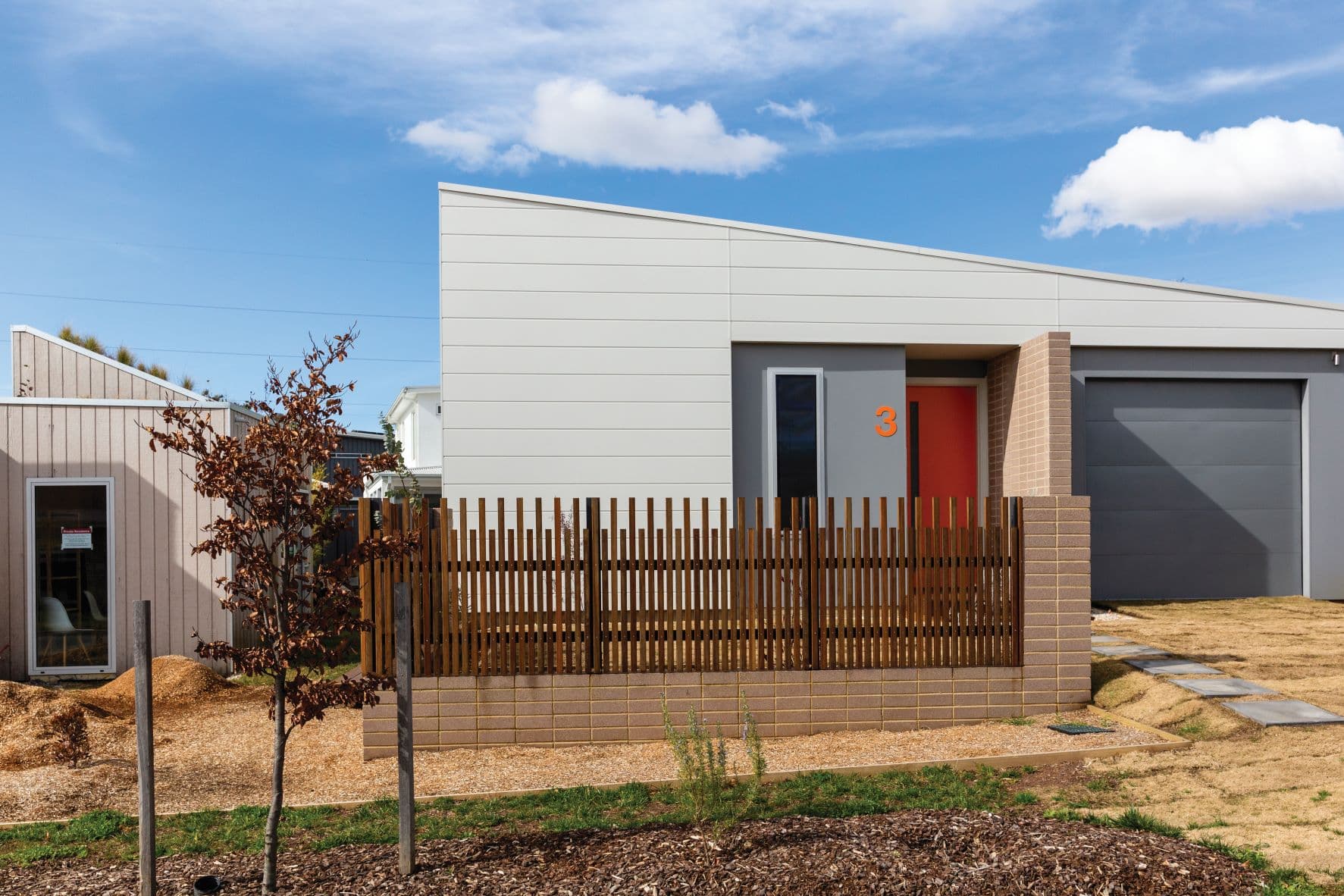
The Banksia is an 8-star energy efficiency rating, and its key features maximise the passive solar design with a northern orientation, internal thermal mass floors, well sealed and insulated walls and roof, a low-e glass window to the west, thermally broken aluminium framed double- and triple-glazed windows and sliding doors, a green roof on the outside studio and grass driveway, along with many additional qualities listed on the Commonsense Sustainability Solutions website.
“There’s something right with the dimensions of this space, and when we’ve got 20 or 30 people in here, they all kind of say the same thing – it’s a delight to walk around,” Paul said.
Discussions around energy efficient homes will generally include cost – the possible extra thousands of dollars spent on double-glazed windows along with added savings from low power use.
“We took it to a high-end solar passive house builder, and we took it to a couple of project home builders. They were all quoting it as a one-off custom build, so once you move into that custom build territory, the prices are higher,” explained Paul.
“If a project home builder looked again at this design, and we are getting a bit more interest now, and thought I could repeat this pattern over and over again because it’s in a very simple grid system, the price would be much more competitive … but we were quoted $450,000. That was 2019 so that price would definitely be higher now. In 2019, that was kind of mid-range.”
Paul said as he did the project as an owner builder, he built the home at a considerably lower cost than this, and he chose to put money into extra features of the home to suit his main priorities and pulled back on some luxuries he saw as unnecessary.
“… all the windows including the triple-glazed – and you wouldn’t need that in a standard one, they were really just for demonstration purposes – they were less than double the price of what you would allocate to a standard house,” Paul said.
“But we more than paid for that by having a cheaper kitchen and cheaper wardrobes, and doing the wardrobes ourselves rather than having built-ins and having a carpenter doing those wardrobes. So it’s a question of your priorities.
“The house actually didn’t cost any more, because we saved the money in the kitchen and the wardrobes and that savings covered the windows cost.”
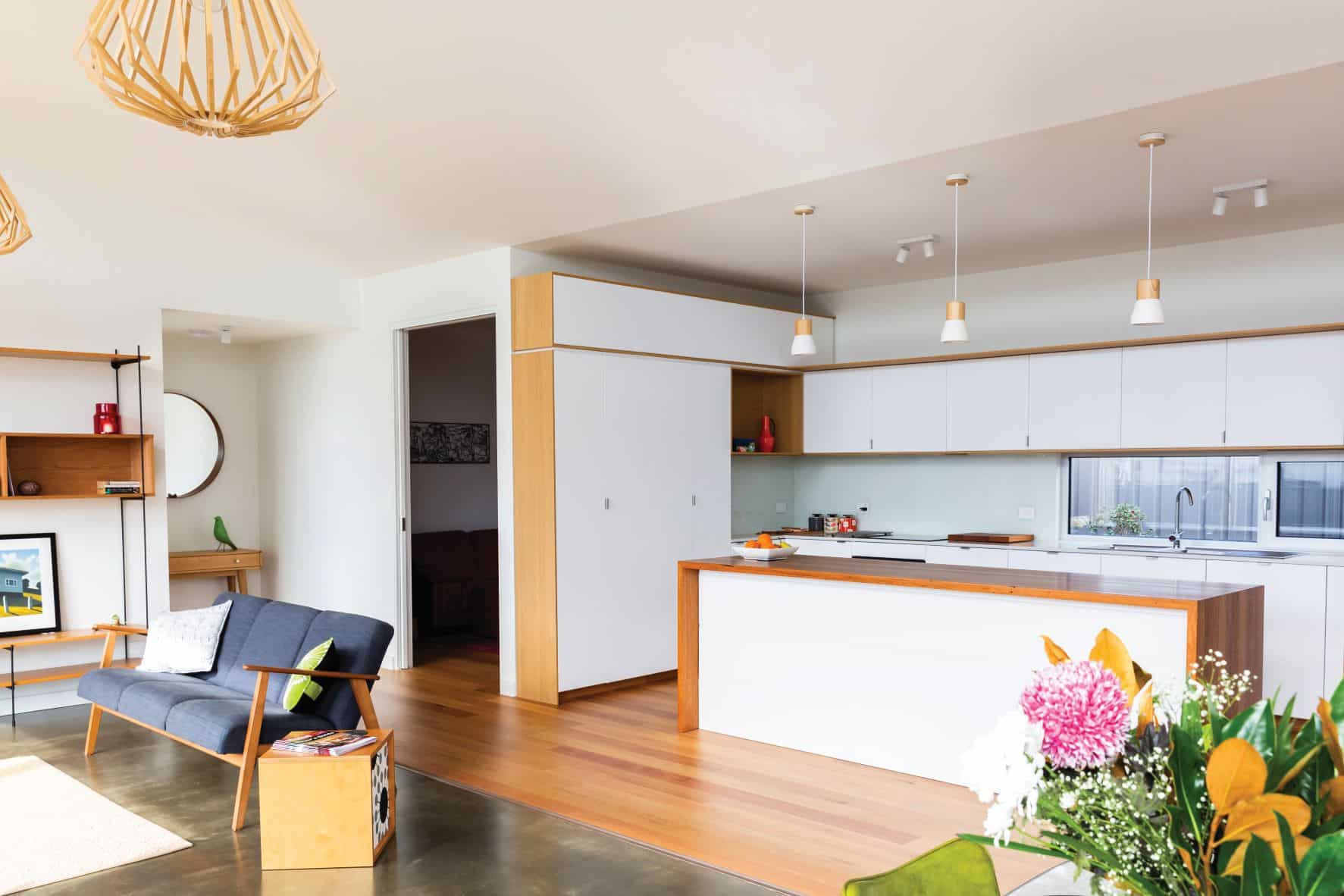
Jodie and Paul are equally passionate about sharing their knowledge of energy efficient homes with Canberrans and open their doors to the public on weekends for tours. They believe every person in Australia deserves to live in a home like The Banksia.
“I think it’s about comfort as well, because anyone who comes here and sits in those seats for a while comment on how they find it so warm and comfortable. Although it’s about saving money and that is great, it’s primarily about the comfort. The fact that you can walk around in the middle of winter when it’s minus-two outside, with no heater on and you’re still walking around really comfortable, is what it’s all about” Jodie said.
“I just feel sorry for people if they don’t get to enjoy these kinds of spaces or get to benefit from them and I think that particularly for vulnerable consumers. In a lot of cases, they’re in the poorest housing that are in a really bad condition.
“If they were actually able to have spaces like this, they wouldn’t have heating bills or at least very low ones. It’s how do we create better housing that everyone can enjoy both for their own health and comfort, but also the environment. And I see the environment is almost a secondary thing, because the health and comfort, if you put that first and you capture all the things we’ve done here, by default you’re helping the environment,” she said.
“The government have got a role; builders won’t do it off their own back – it has to be legislated,” Paul added.
“Even the layout of blocks has to be legislated about how they’re designed, because you can still get exactly the same number of blocks, but thought has to go in to the process to maximise the orientation. The government has to mandate that you have to have a certain percentage facing north to a certain side, so that people have this opportunity.
“And as Jodie was saying, if you can build housing for community housing and the lowest income group in the community, for them to be able to come home and have a house they don’t need to heat and cool, that would be a fantastic outcome for everybody.”
Paul’s top tip for homebuilders who are searching for ways to make their new houses energy efficient is simple: always find north.
“The best advice is always look where north is on your block. Every block has north, but don’t let your garage have the warmest space in wintertime,” he said.
“If I could change the way one house is built in Canberra, I would be happy, but my real aim is to influence the way every new house in Australia is built.
“I believe every new house could be built to a NatHERS 7.5-star rating by following a few of the simple principles that we demonstrate in this home.”
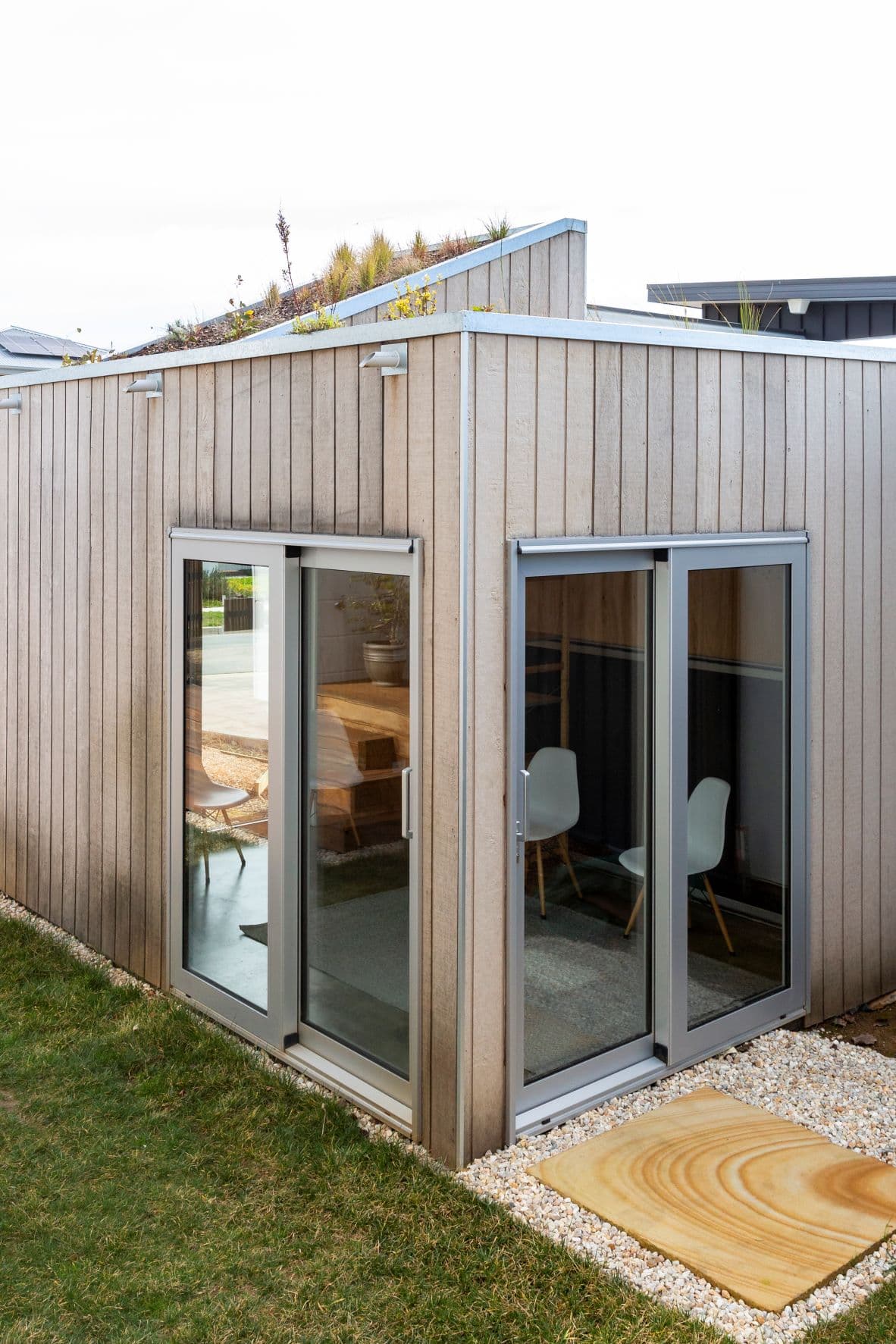
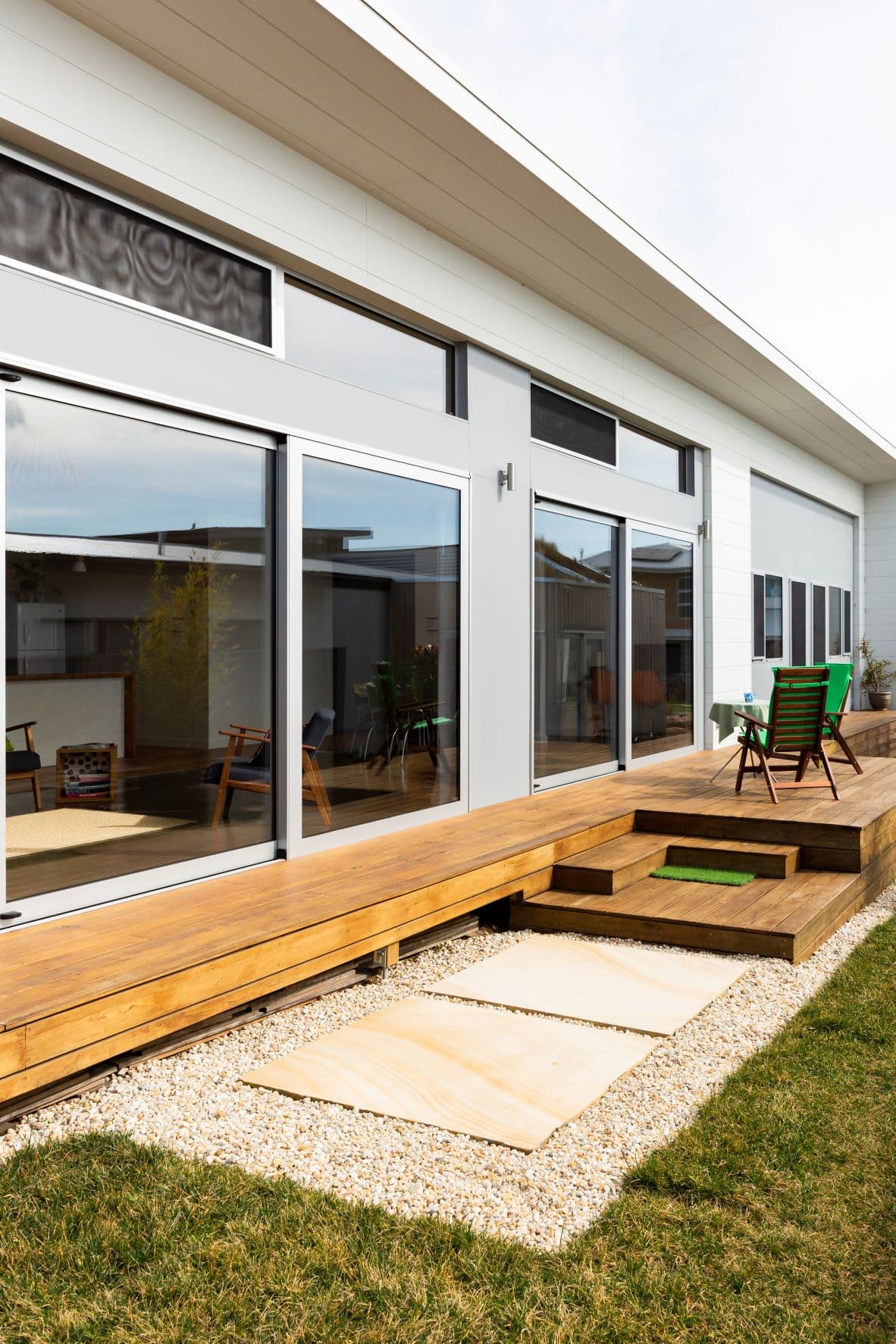
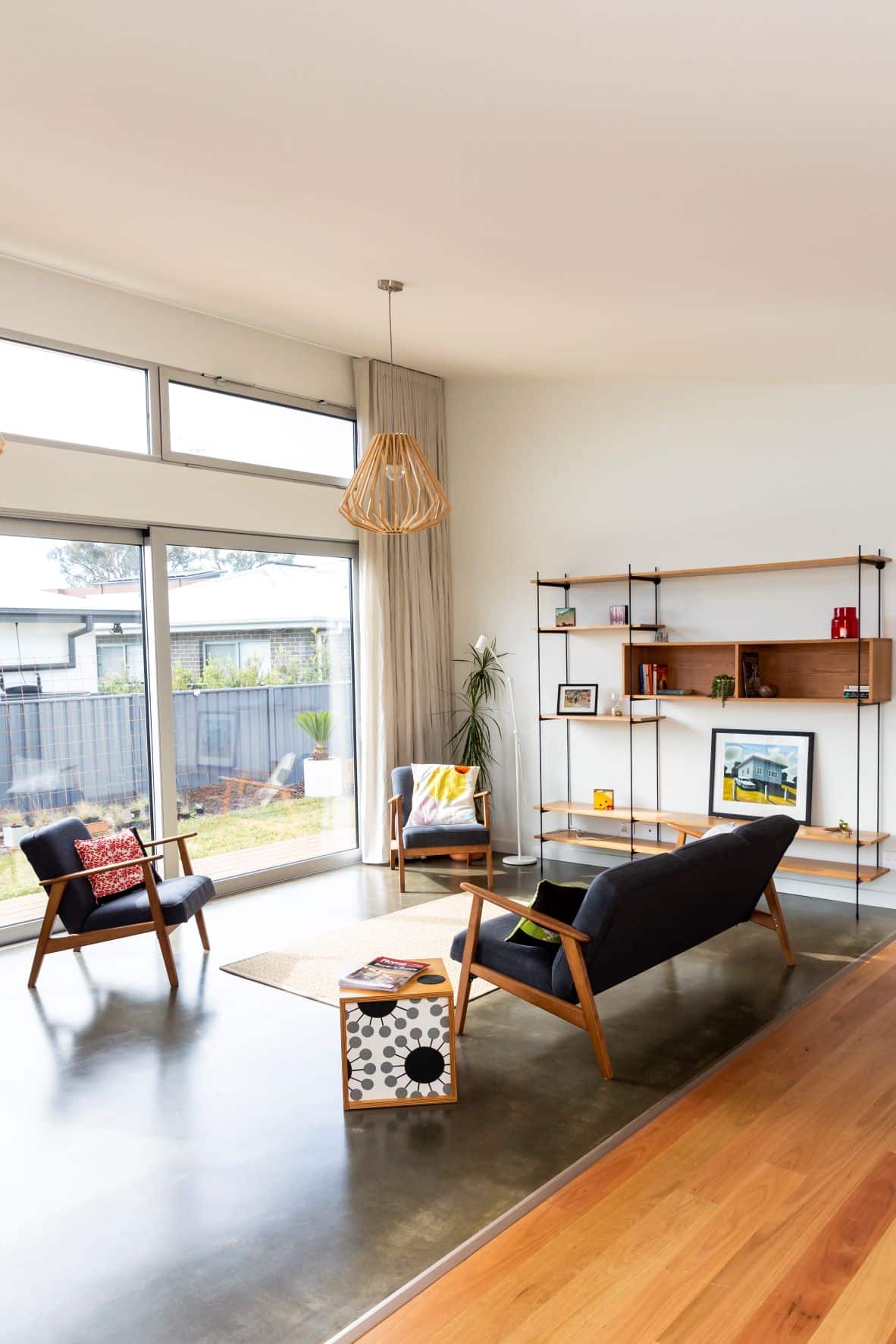
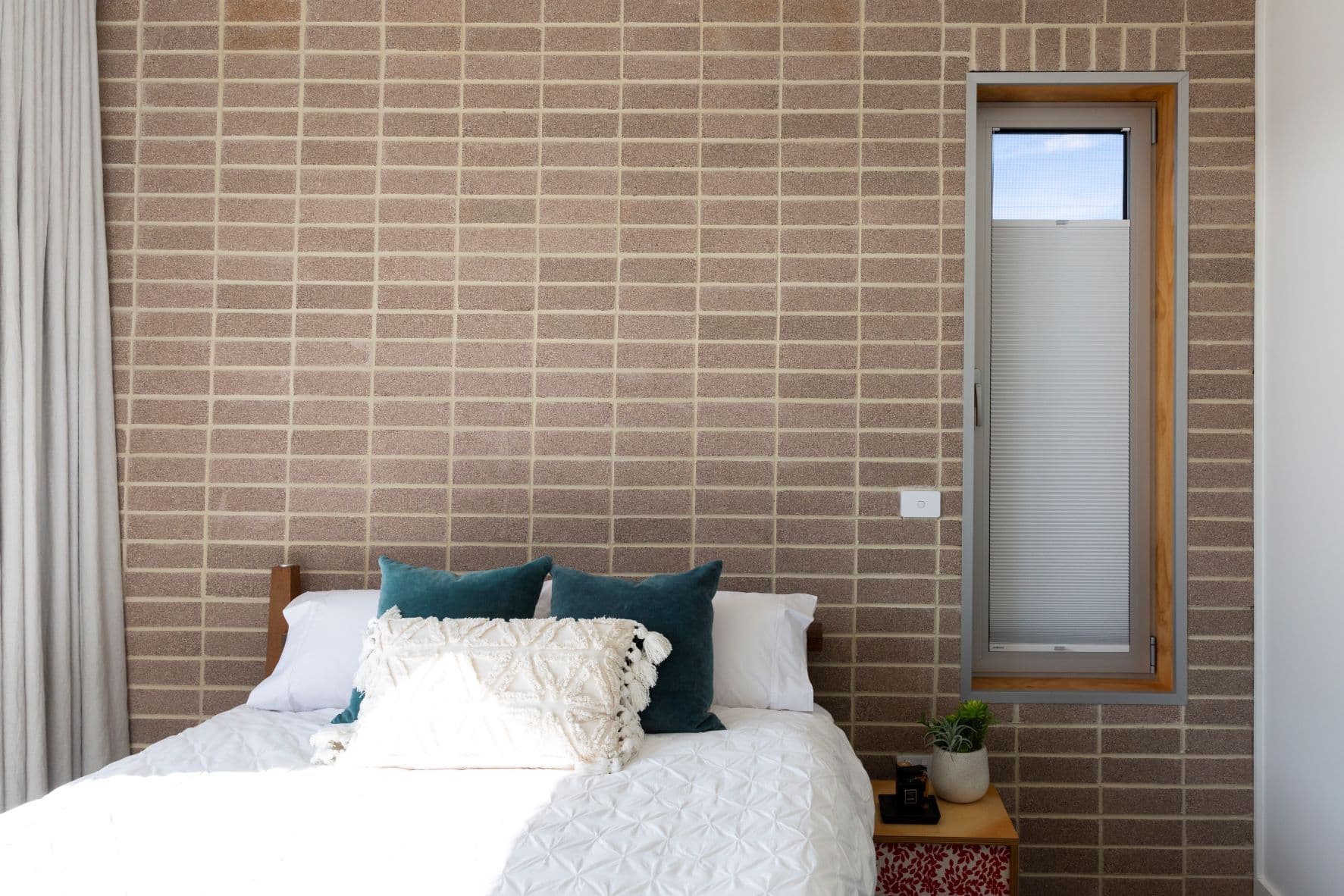
For details about when the home is open for tours visit www.commonsss.com.au.
Canberra Daily is keen to hear from you about a story idea in the Canberra and surrounding region. Click here to submit a news tip.

